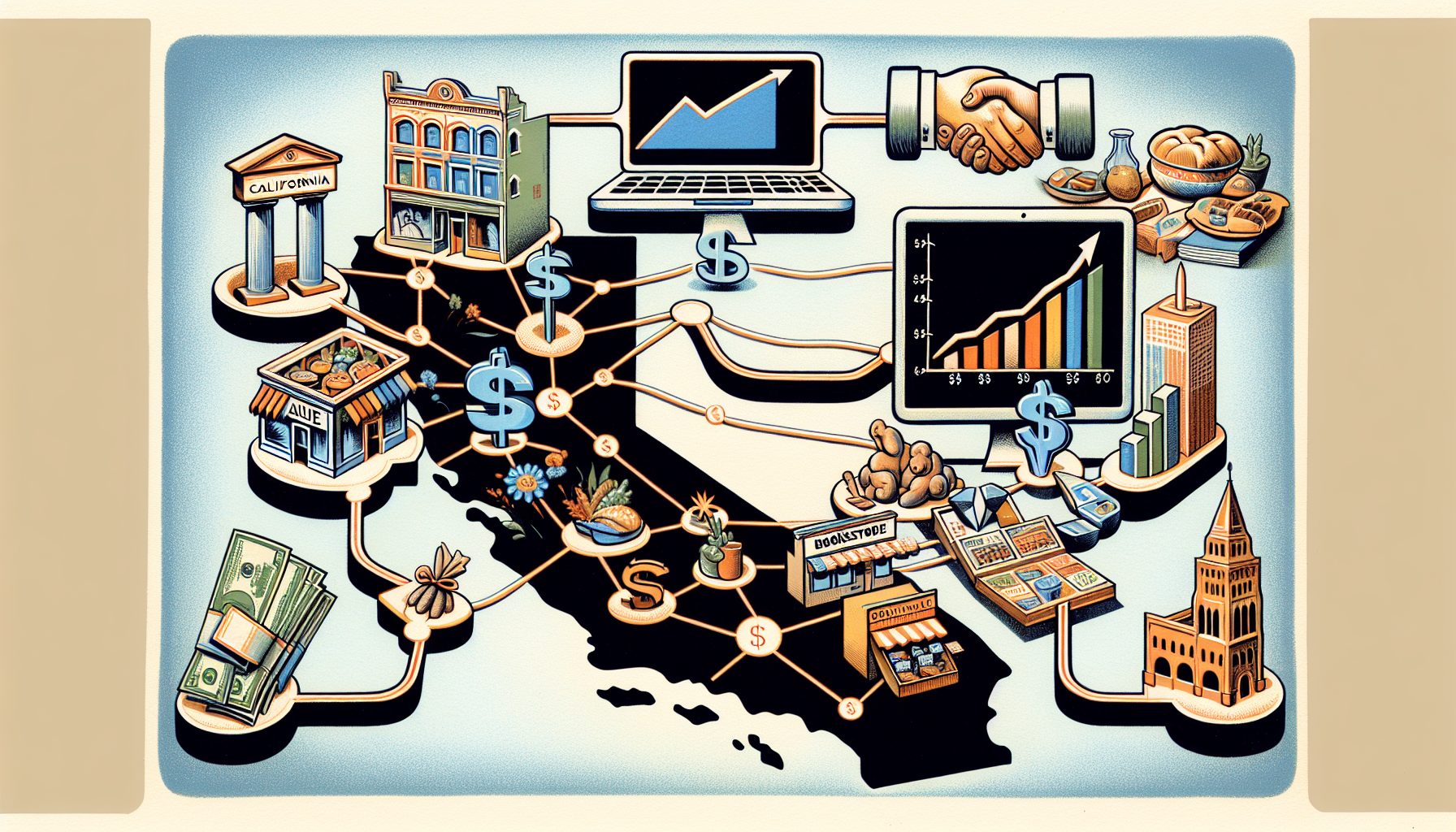For nearly three decades, enterprise resource planning (ERP) has been promising to streamline processes, reduce inventory, maximize resource productivity, integrate transactions and provide unified data to enhance decision making. The goals include improving efficiency and profitability, gaining competitive advantage and enhancing customer service.
It is frustrating that after 30 years, ERP implementations are still falling considerably short of expectations. The communications portion of ERP—scope definition, management commitment, project management and training—is frequently to blame. The most alarming fact, however, is that even after all this effort, vital information is often not readily available to management.
We repeatedly hear from the C suite words to this effect: “Given all our system investments, why can’t I get meaningful enterprise information in a timely, accurate and convenient format, so that I can effectively manage my business?”
Some examples of the types of information requested include the following: What is the real cost of goods and services? Where are the opportunities to optimize business efficiency? How can internal lead times be improved? Is sourcing and capital deployed effectively across all strategic business units?
Today, there are tens of thousands of companies using ERP in a variety of ways. However, only a small percentage of them have achieved a high degree of effectiveness, along with a well-balanced, sustainable solution set.
That achievement would include fully utilizing best-of-need modules from a late-release tier-one ERP system; taking advantage of some best-of-breed bolt-ons (software as a service [SaaS] where justified); getting master data management (MDM) in place across all applications; using business intelligence/business insight (BI) extensively; leveraging robust and friendly presentation tools; and having all this with a reasonable total cost of ownership (TCO).








